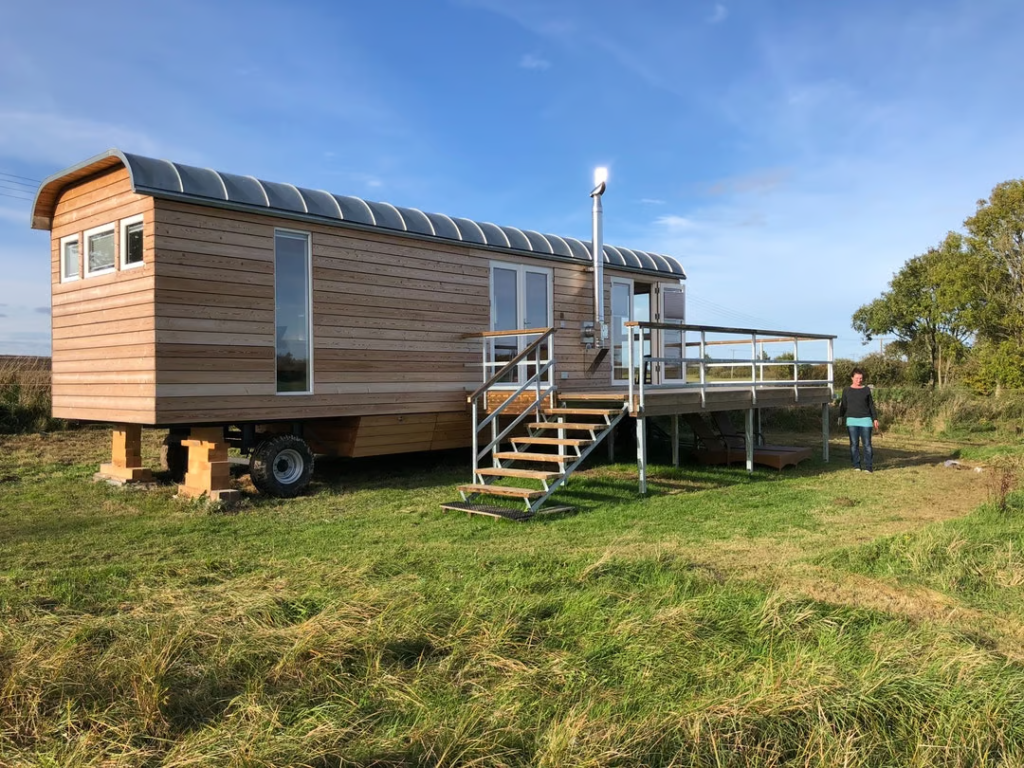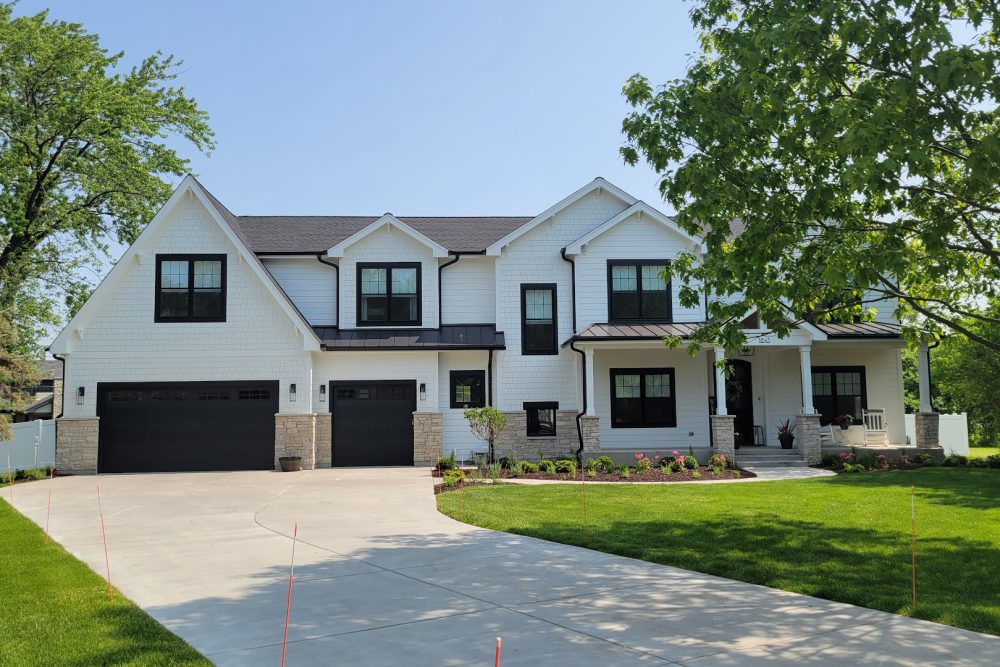Property is one of the few investment types people still talk about over dinner. It’s tangible. You can see it, touch it, and walk around it. That alone makes it appealing. But what really pulls people in is the potential for long-term growth, rental income, and the idea of building something solid for the future.
But if you’re just starting out, it can feel like a maze. Where do you even begin?
Step 1: Get Clear on Why You’re Doing This
Before looking at listings or talking figures, get brutally honest with yourself. What’s your reason for building a property portfolio?
Is it for passive income? Retirement? Financial freedom? Security for your kids? Your answer shapes everything else. It guides your decisions around what type of properties to look for, how much risk to take, where to invest, and how quickly to grow.
And no, you don’t need to have it all figured out. But you do need clarity on your goal. Otherwise, it’s like setting off on a journey without knowing the destination.
Write it down. Keep it simple. Revisit it regularly.
Step 2: Get Your Finances in Order
You can’t invest in property without money. That’s obvious. But what’s not always clear is how much you actually need, what your borrowing potential is, or how healthy your finances really are.
This step might feel a bit admin-heavy, but it’s non-negotiable.
Start by checking your credit score. Then review your income, debts, expenses, and savings. It’s about understanding your financial position, not just so you can plan, but because lenders will scrutinise this.
You’ll need to:
- Know your budget
- Understand your borrowing power
- Plan for upfront costs like deposit, stamp duty, legal fees, and surveys
- Have reserves for maintenance, void periods, or rate rises
It’s not the most glamorous part of property investing, but getting your finances organised is what separates dabblers from real investors.
Step 3: Get Professional Advice Before You Buy
Once you’ve got your finances in check, the next smart move is getting expert input from people who specialise in property investing. Not general financial advisors. Not your mate who bought a flat once. You want people who work in the property space day in, day out, and know how to spot the difference between a solid investment and a future headache.
Start with someone who understands investment strategy. This could be a property consultant, investment advisor, or someone with hands-on experience building portfolios. The key is that they look at the bigger picture. They’ll help you figure out which types of properties match your goals, how to weigh up yield versus growth, and what kind of structure you should be buying in — personal name, company, joint venture, and so on.
It’s also worth speaking with someone who specialises in property sourcing. These experts live and breathe the market. They can show you where the real opportunities are, especially in areas you might not have considered. More importantly, they can tell you what to avoid, whether that’s overpriced new builds, oversaturated rental markets, or properties with hidden costs.
And don’t forget about tax. Property tax is complex and easy to get wrong. The wrong setup can cost you thousands down the line. Speak to a tax advisor who deals specifically with property. They’ll guide you through things like allowable expenses, stamp duty implications, capital gains, and how to plan for long-term growth in the most tax-efficient way.
The goal here isn’t to outsource every decision. It’s to equip yourself with the right information so that you can make smarter, more confident choices. Having a solid team of property-focused professionals behind you makes the entire process easier, faster, and far less risky.
Step 4: Choose Your Strategy
Not all property investment is the same. And if you’re vague about what you want to do, you’ll waste time and probably money. You need a strategy. One that fits your financial goals, your risk appetite, and your lifestyle.
Some people focus on capital growth, buying in an area they believe will rise in value. Others aim for cash flow, i.e. buying properties that bring in strong rental income each month. Some do both, but most lean toward one.
Then there’s your approach:
- Buy-to-let?
- Renovate and flip?
- HMOs?
- Holiday lets?
Each comes with its own pros, cons, and demands. And while the idea of trying a bit of everything might sound appealing, it’s better to start with one and get really good at it.
If you’re not sure which strategy suits you, go back to your goal. The right strategy will always align with your bigger reason for investing.
Step 5: Know Your Market Inside Out
You don’t need to know every town or city. But you do need to deeply understand the area you’re planning to buy in. This goes beyond just knowing the average house price. You need to research rental demand, vacancy rates, tenant demographics, local development plans, transport links, schools, and even crime rates.
Walk the area. Speak to local agents. Look at listings and rental ads. Understand what sells and rents quickly, and what doesn’t. That kind of insight gives you an edge.
The property might look like a bargain on paper, but if it sits empty for months or attracts constant repair issues, it’ll become a money pit fast.
Step 6: Start Small, But Think Big
Don’t get caught up trying to buy your “forever” investment straight away. It’s okay to start with a modest one-bed flat or a two-up two-down house. The goal at this stage isn’t to find the perfect property. It’s to get moving.
Every investor starts somewhere. And often, the first deal teaches you more than any book or course ever could. You’ll learn about lenders, legal processes, tenants, repairs, and what it’s actually like to own an investment property. That knowledge makes your next purchase easier, smarter, and faster.
Just make sure the deal stacks up financially. Be realistic with your projections. Run the numbers. And always allow for extra costs.
Step 7: Treat It Like a Business
This is the step many overlook. Yes, property is exciting. But it’s also a business. And like any business, you need to stay on top of the numbers, the legal responsibilities, and the day-to-day running.
That means:
- Keeping proper records
- Understanding your tax position
- Staying compliant with regulations
- Regularly reviewing your portfolio’s performance
It also means thinking ahead. Will you manage the properties yourself or bring in a letting agent? How will you scale? Are you building in a limited company or in your personal name? These decisions have financial and legal implications, so don’t put them off.
The earlier you adopt a business mindset, the more professional and sustainable your portfolio will become.
Where It Starts Getting Real
These early steps are where it all begins, not with scrolling listings or picturing dream renovations, but with honest reflection, clear planning, and the right people around you.
There’s no perfect time to start, but there is a smart way to do it.



